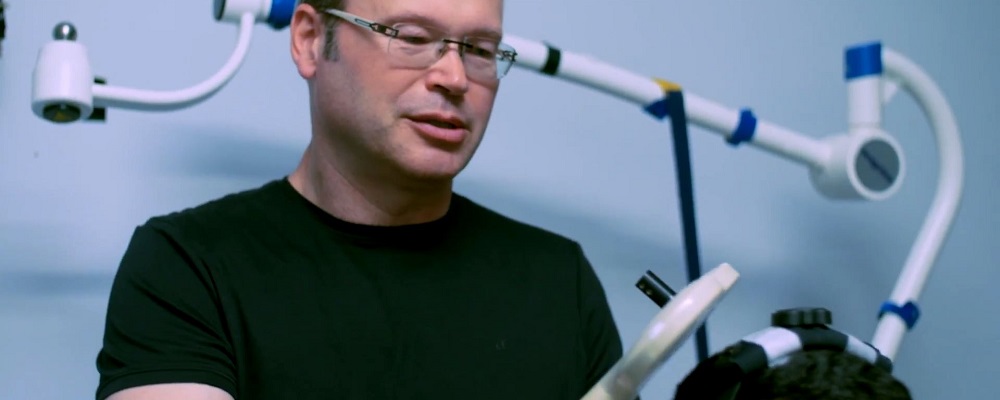
Vision shapes so much of people's interaction with the world. One researcher is delving into how it all works in a unique way.
So much of the brain is involved in vision and visual perception that almost any brain damage can have an impact not only on how a person sees, but also on how a person interacts with the world.
Vision guides action, says neuroscientist Doug Crawford, Scientific Director of the Vision: Science to Applications (VISTA) program at York University. Furthermore, studying how vision works also says a lot about neuroscience and how the brain works.
Crawford’s research focuses on three specific areas. In the first, he studies a perceptual phenomenon called trans-saccadic integration that helps the brain piece together what the eye sees and interpret it as a seamless image. In truth, the way the eye moves is jumpy: it alternates between fixating on a specific point and jumping to the next location in abrupt movements called saccades.
Crawford also looks at how vision guides arm and hand movements, and the mechanisms that result in eye-hand coordination and grasping. Lastly, he looks at how vision guides where we look, and how this drives the movement of both the head and the eyes to control visual gaze.

